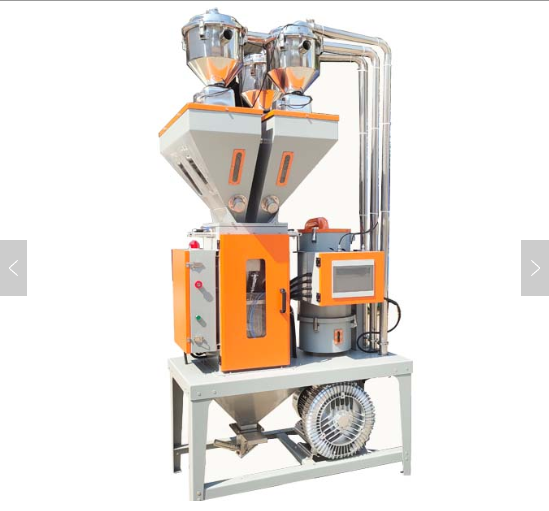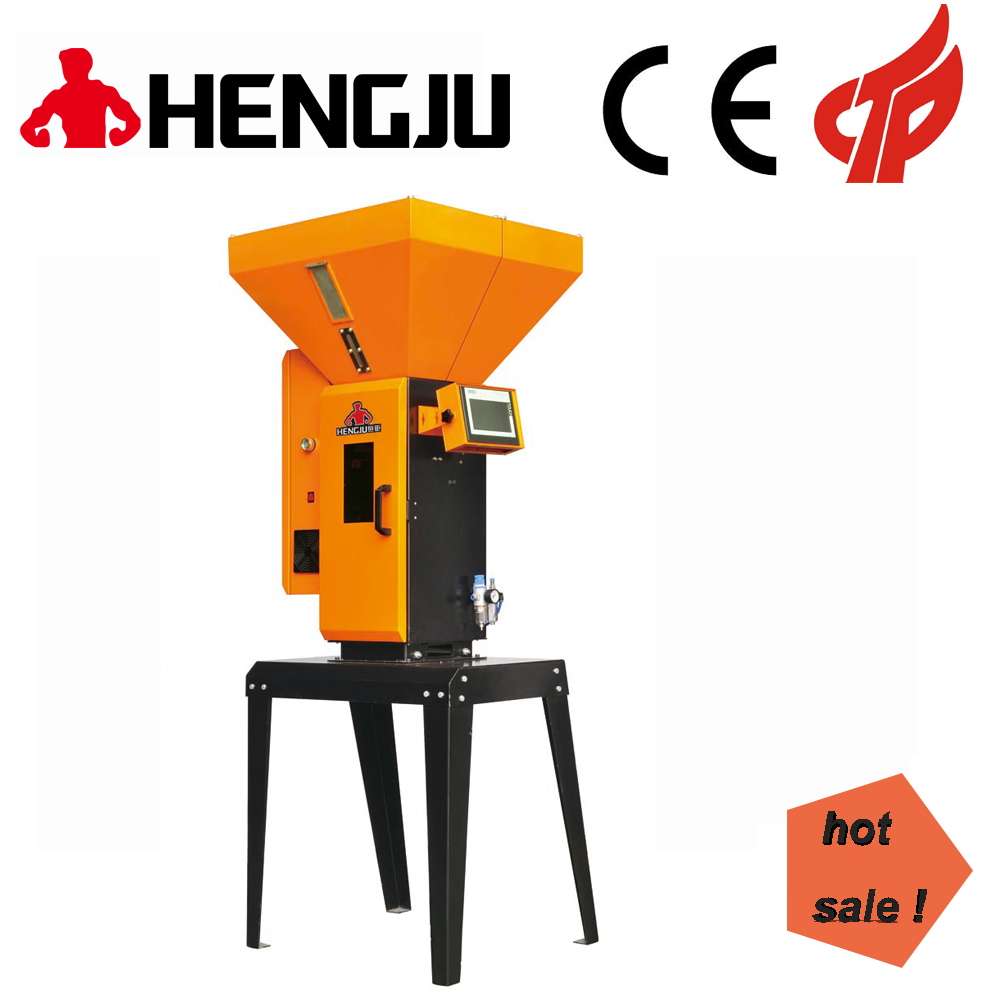Principle of vacuum desiccant dryer
The main parameter controlled to quickly evaporate the moisture in the raw material to achieve rapid drying is the degree of vacuum; the vacuum dehumidification dryer and the dehumidification dryer are put together for testing. The vacuum dehumidification dryer is used under low pressure because of its drying principle. The principle of lowering the evaporation point of water.
Characteristics of vacuum desiccant dryer:
The vacuum dehumidification dryer greatly reduces the rejection rate and changes the adverse effects caused by the uncertainty of drying.
The results show that the vacuum dryer can save 70%-80% energy consumption. This is mainly because the desiccant of the desiccant dryer needs to consume a lot of energy during the regeneration process. The drying time of vacuum drying is usually 1/5–1/6 of other dehumidification drying. Long-term high temperature drying will cause thermal chemical and physical reactions of the raw materials, which will reduce the quality of the materials, such as fading and lower melt index, thereby Affect product quality.
Some resins or macromolecules are highly sensitive, and if the drying time is too long, stress may be generated, resulting in scorching, embrittlement, and discoloration of parts, thereby reducing the possibility of material degradation. According to polycarbonate (PC drying as an example, the vacuum dryer shortens the drying time of the material. Drying at 120 degrees Celsius and reaching 0.02% final moisture content, dehumidification drying usually takes about 4 hours, while vacuum drying only needs 20- Drying can be completed in 25 minutes. This saves 3 hours and 35 minutes of drying time. This advantage is particularly obvious when the vacuum dryer is used in the trial section! Drying efficiency is of special importance for precision injection molding manufacturers.
|



